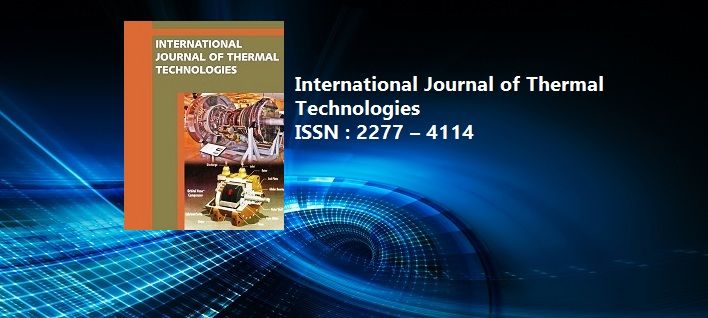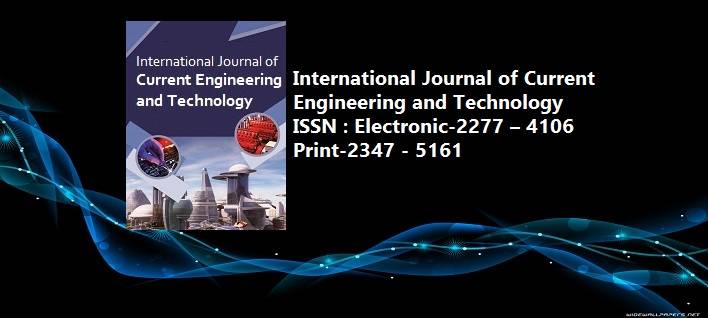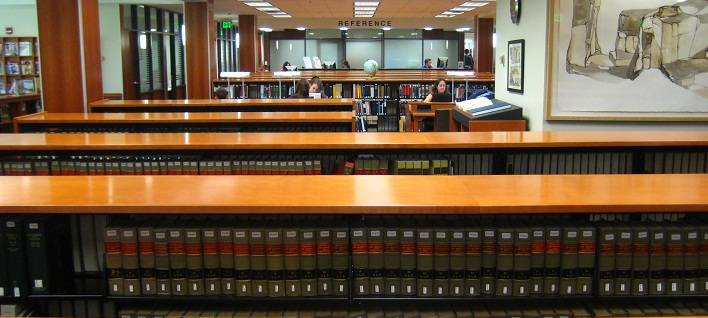Power Analysis and Speed Control of DC Motor Drive using Matlab Simulation
Pages : 218-222, DOI: https://doi.org/10.14741/ijcet/v.12.3.3
Download PDF
Abstract
For ensuring the flexibility and safety of a test stand system the analysis of mechanical and electrical properties of electrical machines are necessary. If in real practice these have to be obtained, it is necessary that the operating regime has to be changed so it is necessary and better to build a control system that regulates the electrical machine [for example starting of the m/c, stopping of the m/c, accelerating, retarding reversing, , braking, etc.). This paper presents an analysis of power, voltage, speed and current of DC motor drive using Matlab simulation. Variable speed drives that are variable and are in rotating motion of the electrical devices such as DC motor drive that are used to regulate the speed. Besides this it accelerates and gives a direction of movement. Electrical variable speed drives consist of three components: A controller of high level that can accommodate the use of various switches/buttons and potentiometers for starting, stopping, and changing the speed; the controller of the drive that is enable to converts the fixed voltage and frequency of power source of AC type in power output of adjustable type for controlling the electric drive motor in the specific permitted speed ranges, also control the drive motor that is capable of converting electrical energy into the movement of the motor. Variable speed drives that may finely and smoothly regulate the speed to any desired value within the design constraint and to a predefined working range can be taken as a particular approach to regulate electrical equipment and improving the various processes in which the electrical machines are involved. It was found from results of simulation that the output voltage of the rectifier, speed, torque and current ripples can be represented specially in single-phase models. In 3-phase model which has 3 inputs voltage and base voltage, an instrument to measure the power factor is added, which is equal to tan-1(Q/P), it can be noticed that the mean value of power factor at low speeds (0-2) seconds is 0.053, while at high speeds it reaches to 0.93 which means that the motor should worked at its related speed needed for the application. i.e. we should use the motors related to the needed RPM because the power is improved and at the end the efficiency is more. Steady-state regions are a good area used to measure input powers, while at transient or unsteady areas the values of power, current, torque and voltages has a big actuating error.
Keywords: Control, Electrical machines, DC motors, MATLAB, Simulation.



















 MECHPGCON, MIT College of Engineering, Pune, India
MECHPGCON, MIT College of Engineering, Pune, India AMET, MIT College of Engineering, Pune, India
AMET, MIT College of Engineering, Pune, India International Conference on Advances in Mechanical Sciences
International Conference on Advances in Mechanical Sciences  International Symposium on Engineering and Technology
International Symposium on Engineering and Technology International Conference on Women in Science and Engineering
International Conference on Women in Science and Engineering




